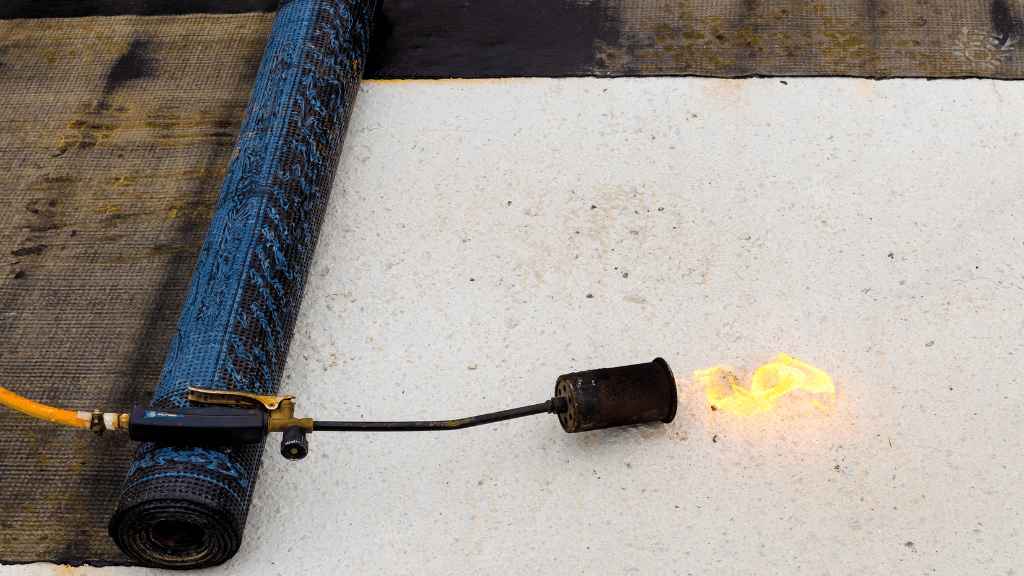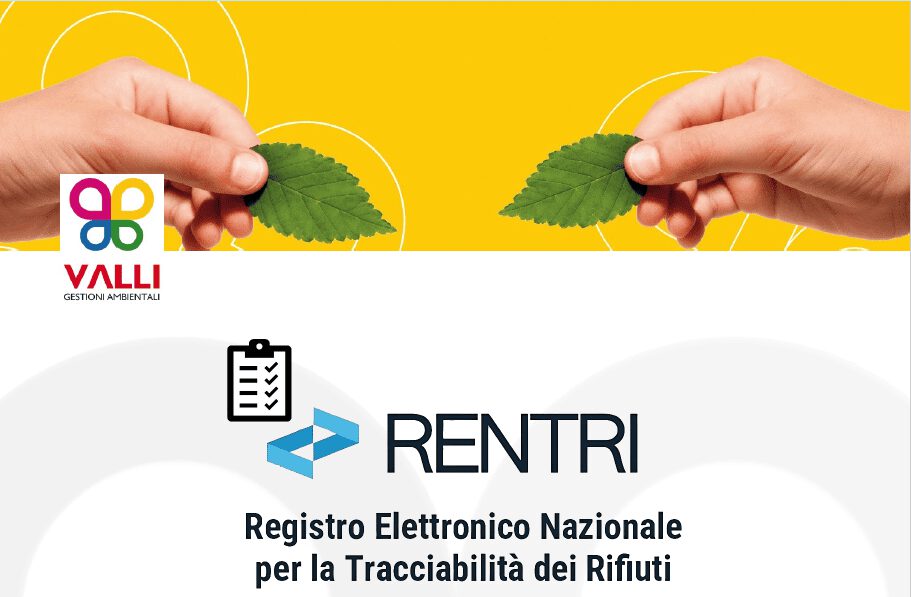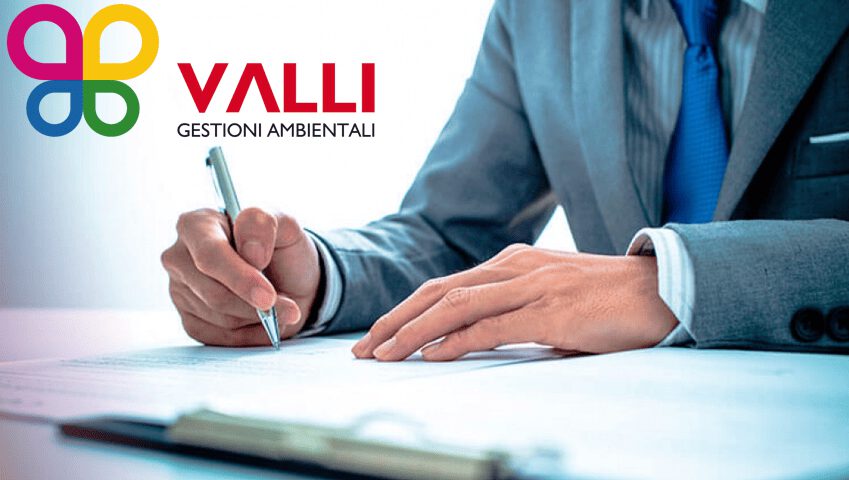In the construction and public works sector, bituminous sheathing is a fundamental material for waterproofing surfaces exposed to moisture and water. However, its end-of-life management raises crucial issues related to disposal and recycling, aspects that are of increasing importance from the point of view of environmental sustainability.
This article aims to explore effective strategies for the recycling and responsible disposal of bituminous membranes, providing an informative and technical contribution for professionals in the sector and potential customers engaged in the search for sustainable solutions.
Waste Recovery: Bituminous Sheath Recycling
The recycling of bituminous sheaths is a strategic solution to reduce the environmental impact of construction waste, converting materials otherwise destined for disposal into useful resources for new production processes. This process begins with the collection and separation of the used bituminous membranes, followed by a specific treatment that allows their reconversion.
- Selection and Preparation: The sheath must be carefully selected to separate any contaminants or non-recyclable materials. It is then shredded into smaller pieces to facilitate subsequent processes.
- Recycling Process: The fragments are then heat-treated and mixed with new bitumen and other composite materials to produce new bituminous membranes or to be used in other applications, such as road asphalting.
This approach not only reduces the amount of waste sent to landfill but also contributes to the creation of a circular economy in the construction sector, valuing waste as a resource.
Sheath disposal strategies
The disposal of the bituminous sheath requires special attention to minimize the environmental impact. Responsible disposal strategies include:
- Use of Specialized Disposal Centers: It is essential to entrust the disposal of bituminous membranes to authorized centers that have the necessary technologies and skills to handle these materials in a safe and environmentally friendly way.
- Adoption of Waste Reduction Practices: Where possible, it is recommended to adopt work practices that minimize the bituminous sheathing waste generated, through careful design and planning of the works.
Adopting these strategies requires a concerted effort from manufacturers, contractors, and regulators to promote disposal practices that take into account environmental and public health impacts.
Environmental impact of bituminous sheath
The bituminous membrane, if not properly managed at the end of its life, can contribute significantly to environmental pollution. Its chemical components, if dispersed in the environment, can pollute soil and water, with harmful effects on flora, fauna and human health. As a result, understanding the impact of bituminous conduit is critical to developing responsible disposal and recycling strategies.
The implementation of advanced recycling techniques and the adoption of strict environmental regulations are essential steps to mitigate the negative effects of bituminous waste on the environment. This includes monitoring and regulating emissions during the waste disposal process and treatment, ensuring that hazardous substances are properly isolated and treated.
Regulations and incentives for recycling
Evolving environmental regulations play a crucial role in promoting the recycling and responsible disposal of bituminous membranes. Legislation that incentivizes recycling and imposes strict standards for the disposal of building materials can stimulate industry to invest in advanced recycling technologies and sustainable practices.
Additionally, economic incentives, such as tax breaks or subsidies for companies that adopt recycling practices, can accelerate the transition to a more sustainable construction industry. Collaboration between the public and private sectors is key to creating a regulatory framework that effectively supports the recycling and sustainable disposal of building materials, including bituminous membrane.
The recycling and responsible disposal of bituminous membranes are complex but essential challenges for the modern construction industry. By adopting effective strategies and supporting appropriate environmental regulations, it is possible to minimize the environmental impact of this material and contribute to the realization of a more sustainable future.
But what happens when it needs to be disposed of?
How Long Does Bituminous Sheathing Last?
The life of the bituminous sheath can vary significantly depending on several factors, such as the quality of the material, the environmental conditions in which it is exposed, and the correctness of the installation. In general, it is estimated that a good quality bituminous membrane, properly installed and regularly maintained, can have a service life ranging from 10 to 30 years.
However, factors such as prolonged exposure to UV rays, extreme temperature variations, and the presence of stagnant water can greatly reduce its longevity.
It is therefore crucial to carry out periodic checks and maintenance, such as checking the integrity of the overlaps and applying additional protective layers, to maximize the life of the sheath and ensure its effectiveness over time.
Where is Bituminous Sheath thrown away?
The disposal of the bituminous sheath must be managed carefully, given its composition which may include substances potentially harmful to the environment.
This material should not be disposed of via normal household or construction waste, but should be contacted by specialised collection centres that can handle hazardous waste.
In many countries, there are specific regulations governing the disposal of materials containing bitumen, so it is essential to check with your local authorities or waste management companies for the correct procedures and authorised collection centres.
Following the correct guidelines for bituminous sheathing disposal not only helps reduce environmental impact, but also ensures compliance with applicable laws, avoiding potential penalties.
How much does it cost to dispose of 1 kg of Bituminous Sheath?
The cost of disposing of 1 kg of bituminous sheathing can vary widely depending on various factors, including local regulations, policies of specialized disposal centers, and fluctuations in the waste market.
Typically, the cost of disposing of bitumen-containing materials reflects the complexity of the treatment required to safely and responsibly manage this waste.
It can be estimated to range between €0.20 and €0.50, a figure that may increase depending on applicable environmental taxes and additional services needed, such as transport to the disposal centre. Importantly, getting an accurate quote requires you to contact local disposal providers directly, as prices can vary significantly depending on your location and company policies.
Why Choose a Professional Disposal Company?
Opting for a professional disposal company when it comes to managing the bituminous sheath is a choice that guarantees environmental responsibility and compliance with current regulations.
Specialized operators have the skills, certifications and equipment necessary to treat and dispose of hazardous waste safely, minimizing environmental impact.
In addition, relying on professionals in the sector ensures that the entire disposal process is tracked and documented, providing companies and individuals with the necessary legal peace of mind. Professional disposal companies are up-to-date on the latest regulations and best practices in the sector, ensuring that the bituminous sheath is managed ethically and sustainably.
Not only does this contribute to environmental protection, but it can also offer economic benefits, such as reduced fees related to illegal or inappropriate waste disposal. Ultimately, choosing a specialist operator is an investment in safety, efficiency and environmental responsibility.
How does Valli Gestioni Ambientali work?
Valli Gestioni Ambientali takes a state-of-the-art, fully regulated approach to bituminous sheath disposal, ensuring that every step of the process complies with the strictest environmental regulations.
The process begins with the safe collection and transport of materials to our specialized facilities. Once arrived, the bituminous sheath is subjected to a careful separation from any incompatible materials, followed by a shredding process. This pre-treatment is essential to reduce the material to a size that facilitates its subsequent disposal or recycling.
After this phase, the shredded material can be sent to energy recovery processes or, when possible, included in recycling chains that allow it to be transformed into new products or building materials.
Valli Gestioni Ambientali places a strong emphasis on the traceability and transparency of the entire disposal cycle, offering its customers detailed documentation that certifies compliance with regulations and commitment to environmental sustainability. Through the use of advanced technologies and close collaboration with regulatory bodies,
Valli Gestioni Ambientali is committed to minimizing the environmental impact of the disposal of bituminous membranes, promoting circular economy practices and environmental protection.
Fill out the form below to plan your intervention!




